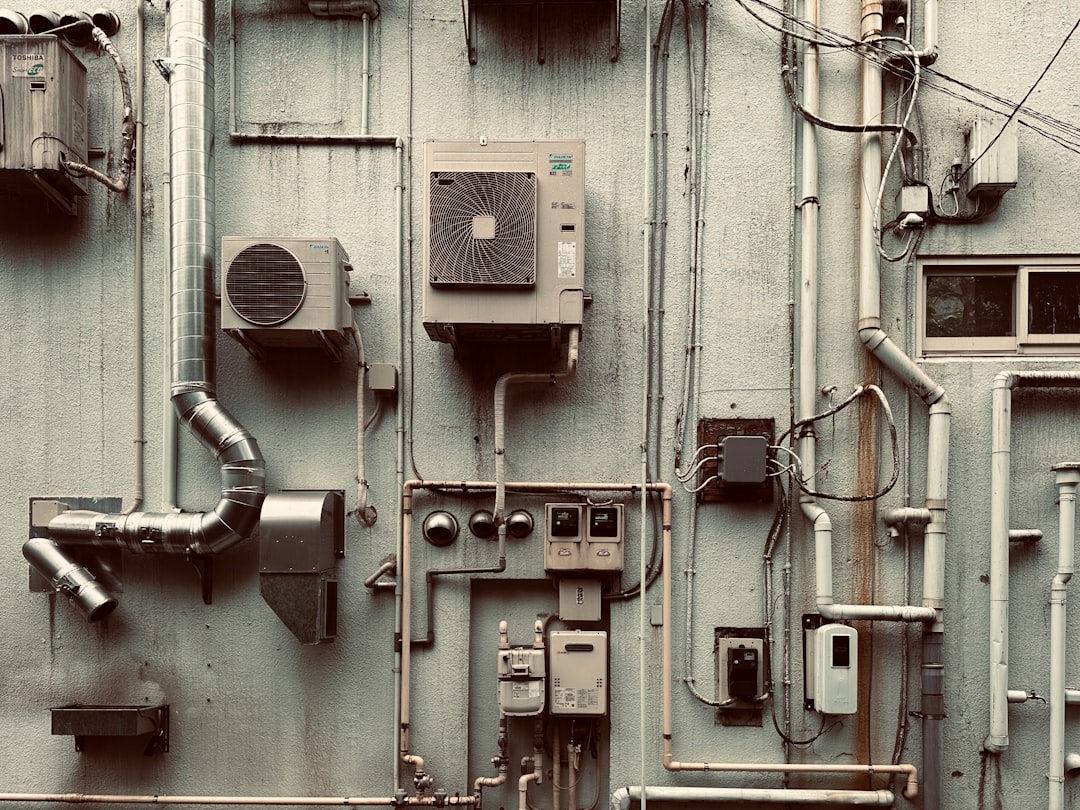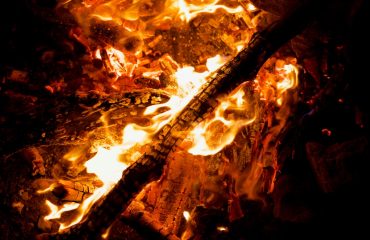Boiler tubes, often overlooked, are the critical components responsible for efficient heat transfer in power generation, industrial processes, and heating systems. These seemingly simple tubes are at the heart of complex systems, enduring extreme temperatures and pressures. Understanding their technology and use is crucial for optimal performance, safety, and longevity. This comprehensive guide delves into the world of boiler tubes, exploring their materials, manufacturing, applications, maintenance, and future trends.
1. Materials Science: The Backbone of Boiler Tube Strength
The choice of material for boiler tubes is paramount, dictated by the operating conditions – primarily temperature and pressure. Several materials are commonly used, each with its own strengths and weaknesses:
- Carbon Steel: Cost-effective and widely used in low-pressure applications, carbon steel tubes offer good strength but are susceptible to corrosion and scaling at higher temperatures.
- Alloy Steel: Containing alloying elements like chromium, molybdenum, and vanadium, alloy steels offer enhanced strength, creep resistance, and corrosion resistance at elevated temperatures. They are commonly used in high-pressure boilers.
- Stainless Steel: Known for their excellent corrosion resistance, stainless steel tubes, particularly those with higher chromium content, are ideal for applications involving aggressive chemicals or high-purity water.
- Nickel-based Alloys: Used in extremely high-temperature and high-pressure applications, such as those found in power plants and petrochemical industries, these alloys offer exceptional creep resistance and corrosion resistance.
The selection process considers factors like operating temperature, pressure, corrosive environment, and the desired lifespan of the boiler.
2. Manufacturing Processes: Precision Engineering for Optimal Performance
The manufacturing of boiler tubes is a precise process requiring stringent quality control. Common methods include:
- Seamless Tubes: Manufactured by piercing and rolling a solid billet, seamless tubes offer superior strength and resistance to fatigue compared to welded tubes. They are preferred for high-pressure applications.
- Welded Tubes: Produced by joining two edges of a steel strip, welded tubes are generally less expensive than seamless tubes. Advanced welding techniques ensure high-quality welds, making them suitable for many applications.
- Expanded Tubes: These tubes are produced by expanding a smaller diameter tube to a larger size, often used in heat exchangers.
After manufacturing, tubes undergo rigorous testing to ensure they meet the required specifications for diameter, wall thickness, and metallurgical properties. Non-destructive testing methods, such as ultrasonic testing and eddy current testing, are crucial in detecting defects.
3. Applications Across Industries: Powering Diverse Sectors
Boiler tubes find application across a wide range of industries:
- Power Generation: Boiler tubes are the workhorses of power plants, facilitating the transfer of heat from combustion to water, generating steam to drive turbines.
- Industrial Processes: Industries such as petrochemicals, refineries, and chemical plants use boiler tubes in heat exchangers and other process equipment.
- Heating Systems: Boiler tubes are integral components in large-scale heating systems for buildings and industrial facilities.
- Waste Heat Recovery: Boiler tubes can recover waste heat from industrial processes, improving efficiency and reducing energy consumption.
The specific type of boiler tube used depends on the application’s unique requirements, ensuring optimal performance and safety.
4. Maintenance and Inspection: Extending Boiler Tube Lifespan
Regular maintenance and inspection are vital for extending the lifespan of boiler tubes and preventing costly failures. Key aspects include:
- Internal Inspections: Using advanced techniques like borescopes and video probes to detect internal corrosion, erosion, and scaling.
- External Inspections: Visual inspections to identify external corrosion, fouling, and damage.
- Chemical Cleaning: Regular cleaning to remove deposits and prevent scaling, improving heat transfer efficiency.
- Predictive Maintenance: Employing advanced techniques like vibration analysis and thermal imaging to detect potential problems before they escalate.
Implementing a comprehensive maintenance program can significantly reduce the risk of boiler tube failures and optimize operational efficiency.
5. Future Trends in Boiler Tube Technology: Innovations for Enhanced Performance
Ongoing research and development are driving innovations in boiler tube technology:
- Advanced Materials: Development of new materials with enhanced strength, creep resistance, and corrosion resistance at even higher temperatures and pressures.
- Improved Manufacturing Techniques: Adoption of advanced manufacturing processes to produce tubes with improved precision and quality.
- Smart Monitoring Systems: Integration of sensors and data analytics to enable real-time monitoring of boiler tube conditions and predict potential failures.
- Sustainable Materials: Focus on developing more sustainable and environmentally friendly materials for boiler tubes.
These advancements will lead to more efficient, reliable, and sustainable power generation and industrial processes.
Tags: boiler tubes, boiler tube technology, power generation, heat exchangers, industrial boilers




